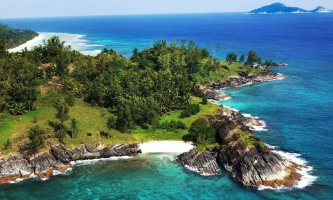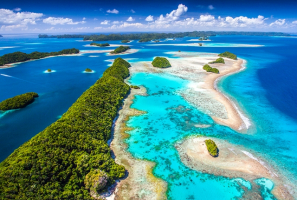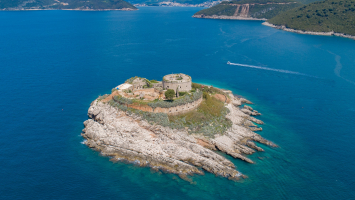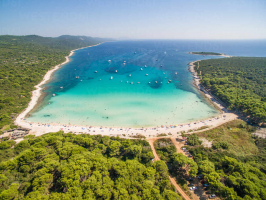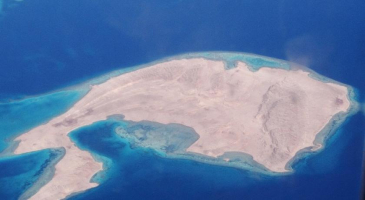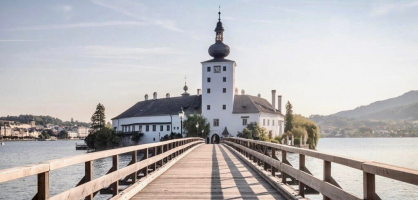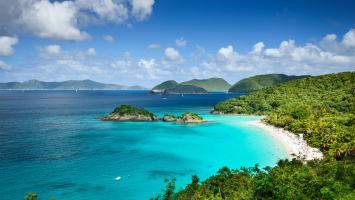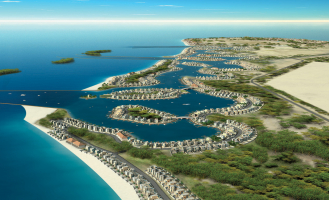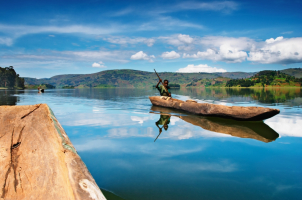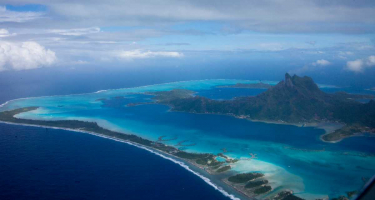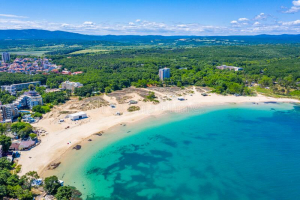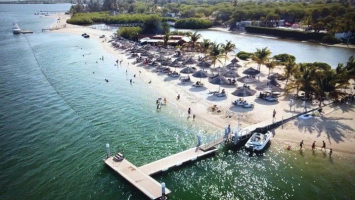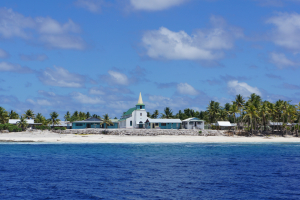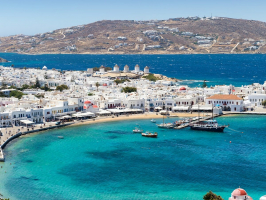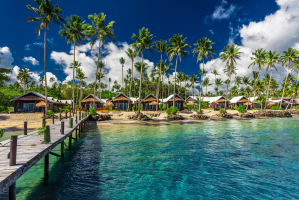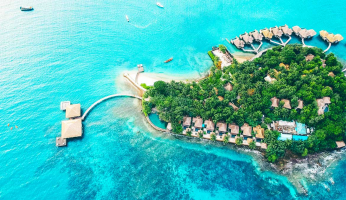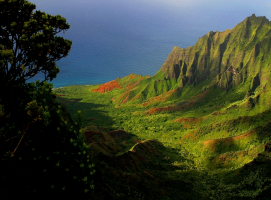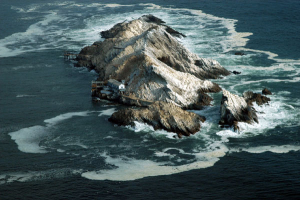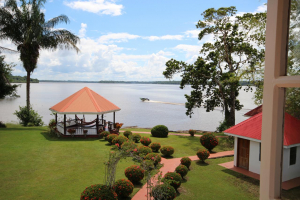Top 6 Most Beautiful Islands in Ethiopia
Ethiopia is the 27th largest country in the world, about the size of Bolivia. More than half of Ethiopia's territory is the Ethiopian plateau, cut by many ... read more...rivers and deep gorges. The plateau is crossed by the Great Valley - the fault zone of the Earth's crust. Besides, the islands on Ethiopia also look primitive and mysterious. Let's explore 6 most beautiful islands in Ethiopia right now!
-
Mitraha Island is about a mile off the lake's shore in Ethiopia's northeastern part of Lake Tana. A handful of churches have been destroyed on the island. Imam Ahmad Gragn set fire to the first church built on the island by Ethiopian Emperor Dawit I. A large masonry church built by Ethiopian Emperor Yohannes I and the Emperor Iyasu I's mausoleum are examples of later constructions. Dervish raiders set fire to these structures in 1887. Arthur J. Hayes described Mitraha as "a very picturesque islet, with quaint thatched houses amid vegetation and a ruined old church" — the one where Iyasu was entombed.
Despite the fact that the locals' food sources were limited to poultry and "durrah when we can obtain it," they had stopped fishing the lake since Emperor Yohannes I's death, according to Hayes. "The island is traversed in all directions by narrow tracks marked by trodden leaves, and there is a dense undergrowth of weeds, thistles, and thorns," Hayes continues. A spider "about the size of a shilling, with a speckled abdomen and gigantic legs" that appeared to be found only on Mitraha piqued his interest.
Location: Lake Tana, Ethiopia
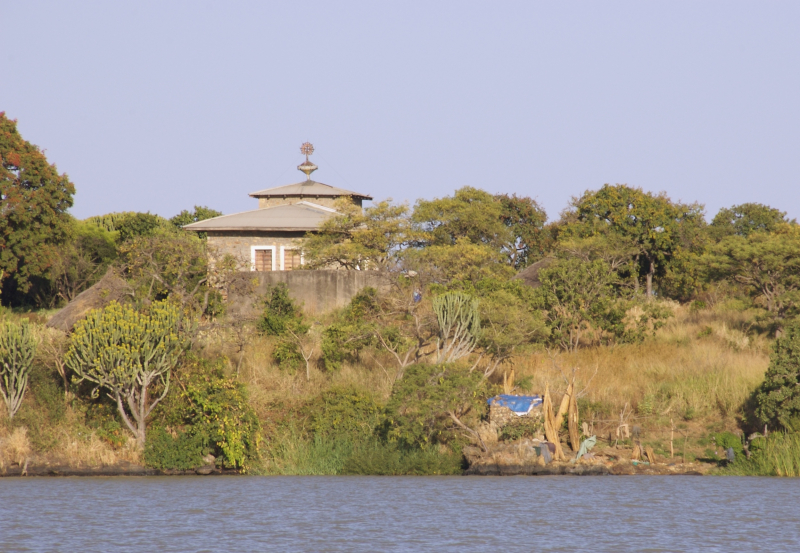
Source: Wikiwand 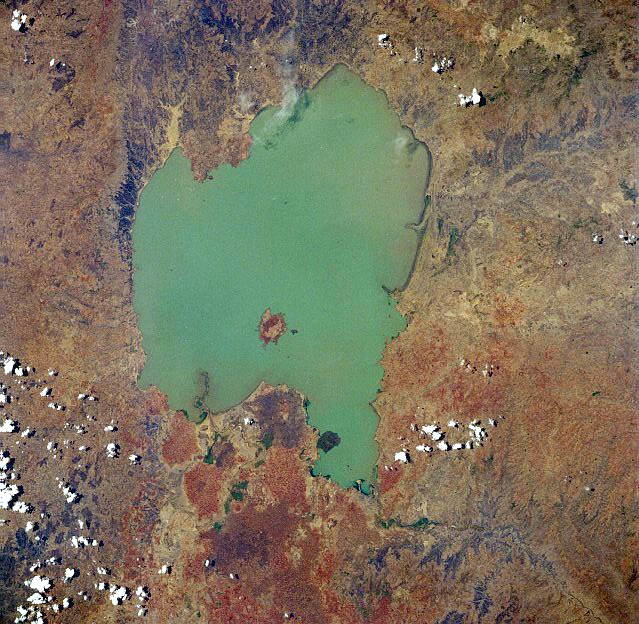
Source: Wikiwand -
Daga Island is located in Ethiopia's Lake Tana, in the southeastern section of the lake. The entire island, which is made up of a 300-foot-high volcanic cone, is deemed holy, and no females, including farm animals, are permitted on the island.
The monastery of Daga Estifanos, or "St. Stephen of Daga," is Daga island's main attraction. The monks at the monastery were "the most severe recluses of any in Abyssinia," according to R.E. Cheesman, who visited on March 4, 1933. Before his time, the original church dedicated to St. Michael was struck by lightning and burned down, and was replaced by a modern rectangular structure.
He was allowed to enter the Irkbet, which housed the church's property and literature, and examine them. The remains of numerous Emperors were interred in wooden coffins put on shelves at the back of the same building: Yekuno Amlak, Dawit I, Zara Yaqob, Za Dengel and Fasilides, and Bakaffa.
Location: Lake Tana, Ethiopia
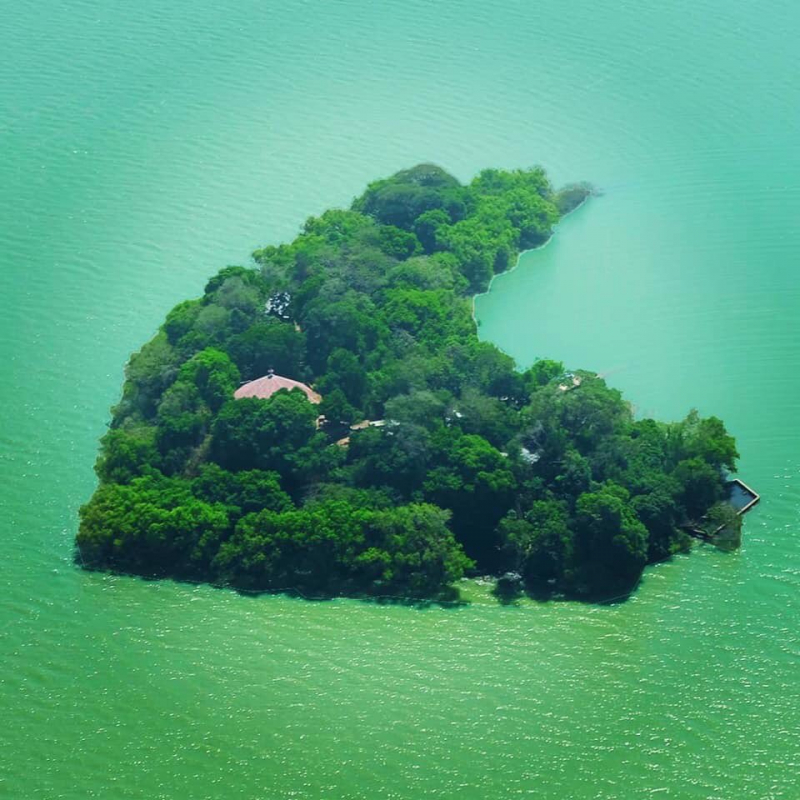
Source: Twitter Source: ebstv worldwide -
Dek Island (about 16 square kilometers in area) is the largest island on Lake Tana in Ethiopia. It is administratively part of the Mirab Gojjam Zone's Bahir Dar Zuria woreda. Daga Island is a much smaller island to the southeast of Dek. It is home to a number of monasteries, the most well-known of which being Narga Selassie. The ferry that sails from Bahir Dar to Gorgora stops in Dek. Hormuzd Rassam recounts visiting the island in February 1866, stating that there were four communities on the island at the time, each with a church. Rassam also recounts how Dejazmach Kassa (later Emperor Tewodros II) took Dek in a single attack, as reported to him.
The island's foundation is scoriaceous lava in cubes, known as vesicular olivine basalt, that is exposed all along the shore and washed away by the waves. A small layer of red dirt, formed from the breakdown of the basalts, sits on top. Birds and butterflies, which can fly the 5 miles, make up the fauna. Animals are few, as one might imagine, though I did catch two species of rat; huge pythons abound in the reed beds and have been known to land on tankwas as uninvited passengers. Mosquitoes were a major issue on the islands.
Location: Lake Tana, Ethiopia
Area: 16 km2
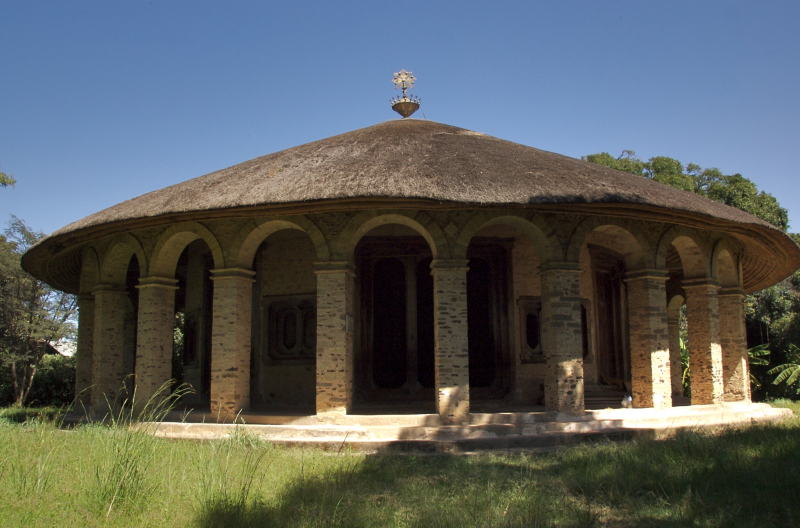
Source: Wikipedia Source: Miez Production -
Rema Island is located in Ethiopia's Lake Tana, in the southeastern section of the lake. It is the site of the Medhane Alem church, which houses the tomb of Emperor Sarsa Dengel. In March 1933, R.E. Cheesman visited the cathedral and discovered several "excellent" paintings, implying European artists or monks who had studied in Palestine.
Two triptychs in particular had good color retention, with "the antique gold background and reds are superb and seem like lacquer," according to the artist. Sarsa Dengel's entrails were transported from the scene of his death and placed in a blue-and-white porcelain jar, which Cheesman was shown.
Location: Lake Tana, Ethiopia
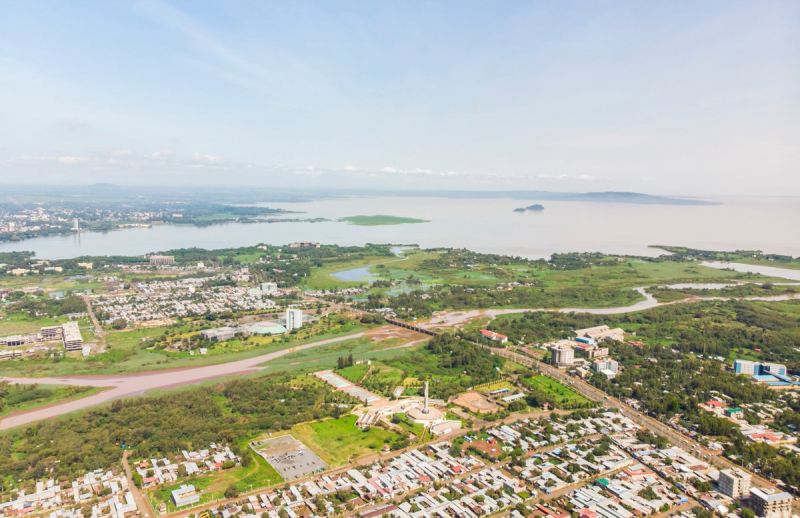
Source: Tsega Ethiopia Tours 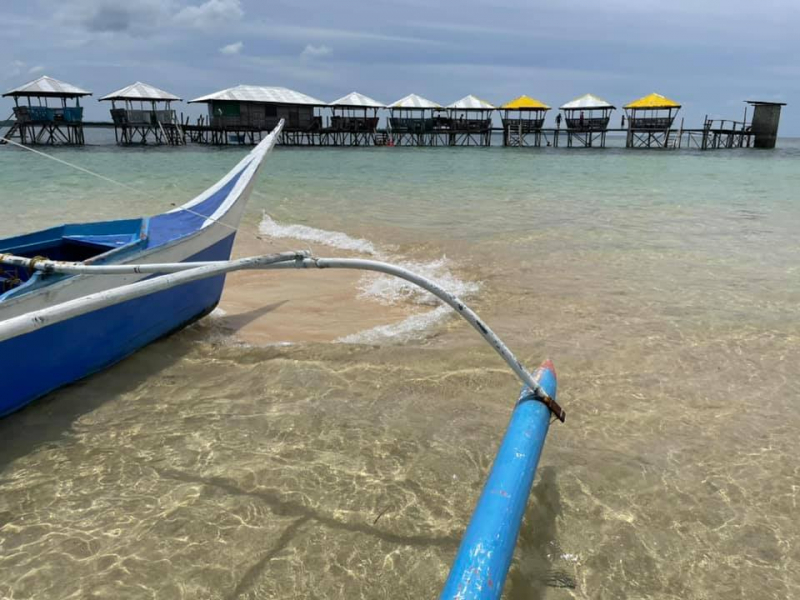
Source: Rema Island Tour -
Gelila Zakarias is an island in Ethiopia's Lake Tana, located near the northwest corner. The island is a wooded cone with the Iyasus monastery church at its apex. The monastery was flourishing when R.E. Cheesman visited it in 1933, and the abbot invited him to engage in their Lenten fast.
During the Ethiopian-Adal War, on 18 May 1545, Imam Ahmad Gragn led a group of followers to attack Gelila Zakarias, according to the Futuh al-Habasa of Sihab ad-Din Ahmad bin 'Abd al-Qader. Soldiers on tankwa, indigenous papyrus boats, met the rafts carrying the Imam's followers, but they were unable to stop the assailants' rafts. Because all of the defenders were in tankwas, once the Imam and his followers outran them, they landed on the island unopposed and burned down the Iyesus church.
Location: Lake Tana, Ethiopia
Source: VIT EXPO 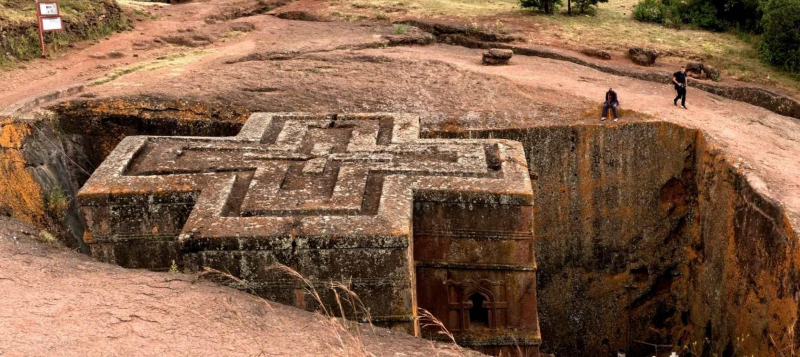
Source: https://www.afd.fr/ -
Tana Qirqos is an island located near the mouth of the Gumara River in Ethiopia's Lake Tana. Only Ethiopian Church monks live on the island, which is considered holy.
The monks believe the Tana Qirqos was formerly the location of the Ark of the Covenant's resting place. According to legend, Emperor Ezana, the first Ethiopian emperor to convert to Christianity, put the Ark there, and it remained there until it was relocated to the Mary of Zion church in Axum.
According to Graham Hancock, the Ark was transported from Elephantine to the island by the Jewish garrison in the 5th century BC. However, there is no history or tradition to back up this claim, and experts believe it is baseless.
In 1933, R.E. Cheesman visited Tana Qirqos and discovered a vast strata of rock near the island's northern end that appeared "like a great wall of masonry" 400 or 500 yards long and 100 feet high. The deposit "has been identified as olivine-bearing basalt," he wrote, and "in all likelihood the island lends the lake its name."
Location: Gumara River, Lake Tana, Ethiopia
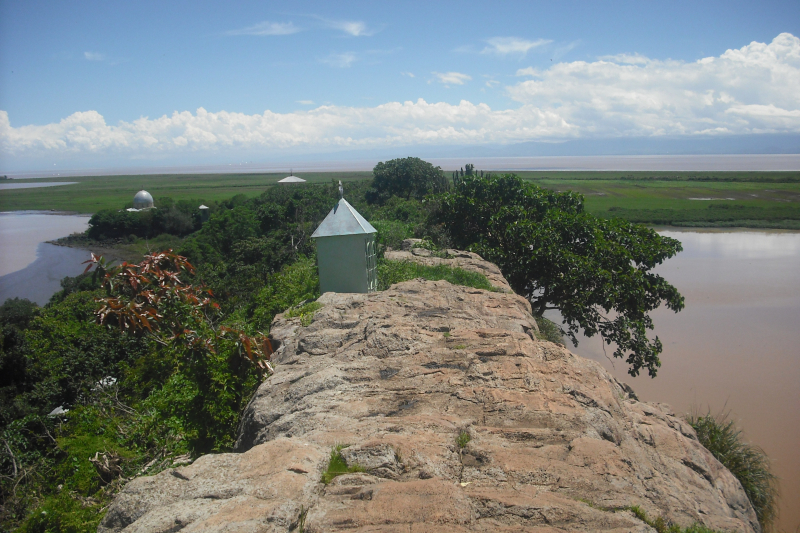
Source: melipoluna 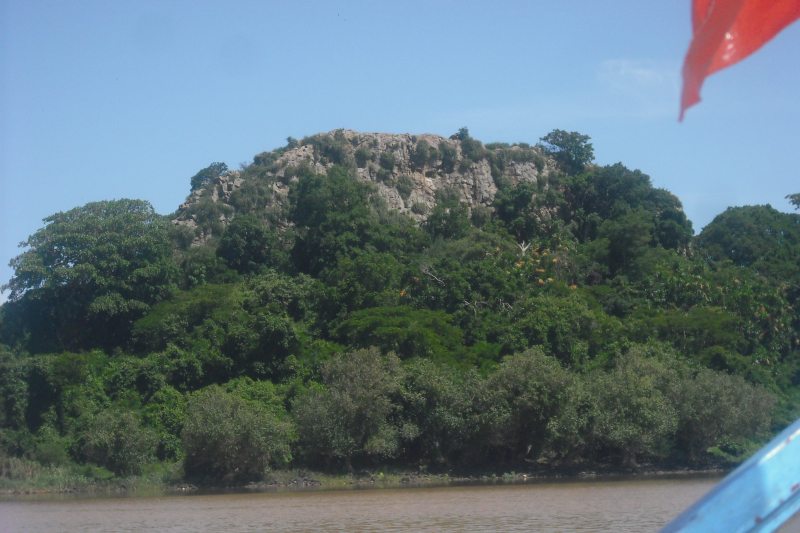
Source: melipoluna








